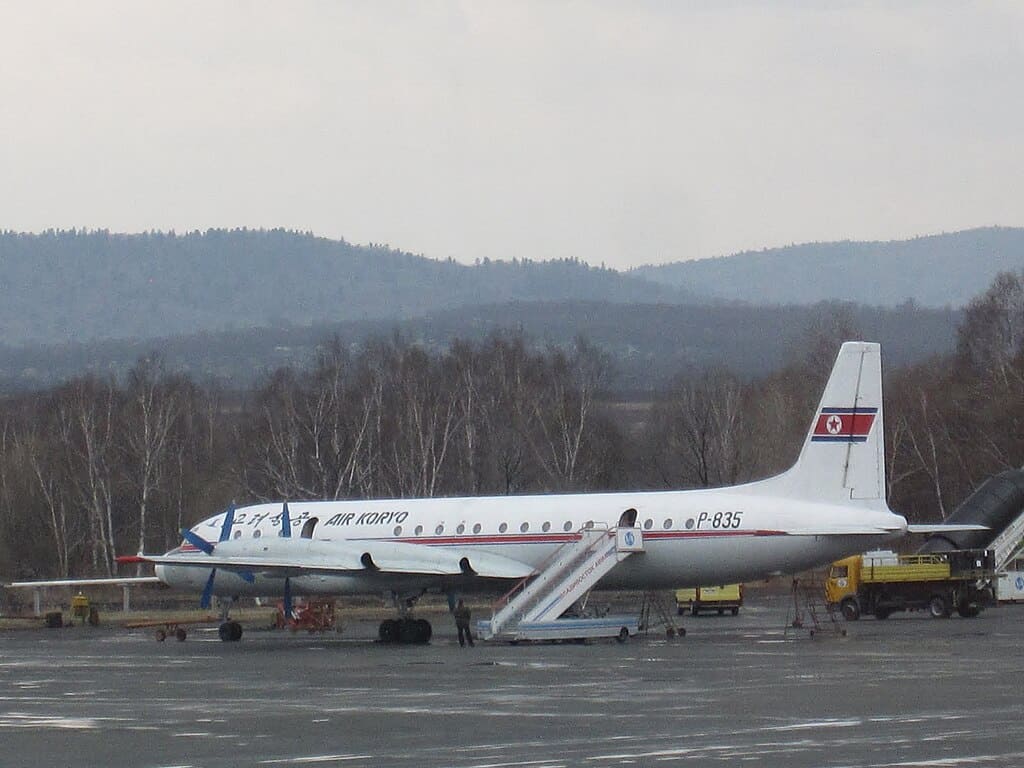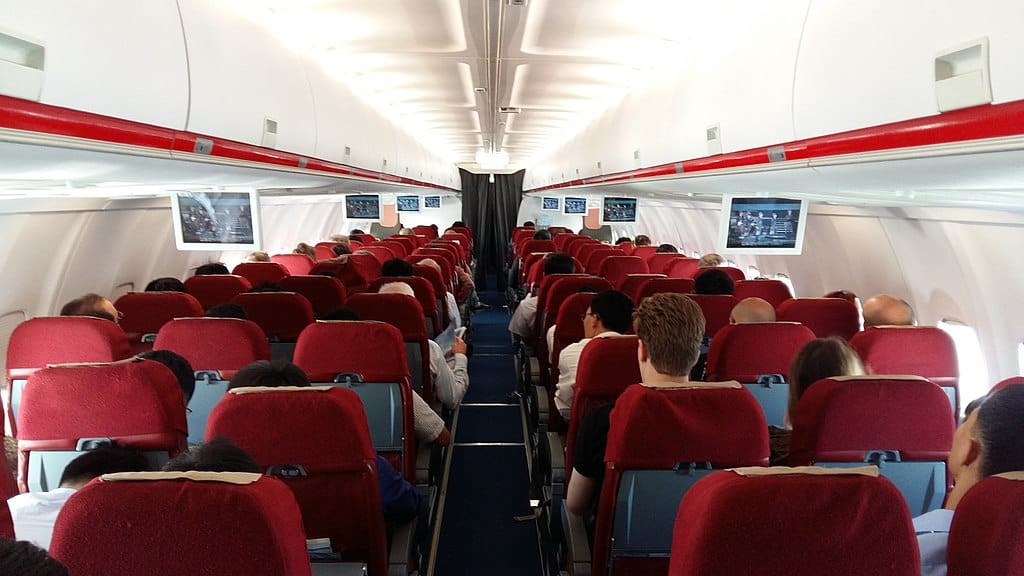Air Koryo, North Korea’s state-owned (and only) airline, is a unique relic of Cold War aviation.
Shaped by the Democratic People’s Republic of Korea’s state control, isolation, and geopolitical alignments, Air Koryo has a history of over seven decades, starting as a Soviet-backed venture and operating today as a symbol of the DPRK regime.
What’s it like to fly on Air Koryo? You may never find out personally, but others have and lived to tell the tale. Here’s a history and rundown of North Korea’s flag carrier, Air Koryo.
There are Six Aircraft in Air Koryo’s Fleet
Since Kim Jong Un assumed power in 2011, Air Koryo has experienced some modernization in its operations but maintains its status as a product of state propaganda and diplomacy.
Currently, there are only six aircraft in its fleet. The average age of each plane is just under 30 years old. They are as follows:
- Ilyushin Il-62M—This jet aircraft is operated by the Government of North Korea and is used as Kim’s VIP jet. In totalitarian dictatorship fashion, he has two, meaning he hoards 1/3 of all aircraft in the nation, all to himself and his inner circle. It can seat nearly 200 passengers.
- Antonov An-148-100B—This mid-sized regional jet airliner seats 62. The airline has two of these aircraft, both of which were delivered in 2013.
- Tupolev Tu-204-100B—A commercial twin-engined jet aircraft that seats up to 210 passengers. The lone 204 was once owned by Russian regional carrier Red Wings Airlines.
- Tupolev Tu-204-300—A slightly smaller variant of the 204-100B, this aircraft has 166 passenger seats. Not much is known about the jet’s history, except that it was modified from a Tu-204-100.

The Tupelov jets are the only ones that are approved by the European Union to fly in Europe. The other planes are banned for being too old, and thus obsolete and unsafe to be trusted with passengers.
Air Koryo’s Network
In an effort to attract tourists, Kim also overhauled Pyongyang’s Sunan International Airport (FNJ) in 2015. The airport, however, doesn’t get a lot of traffic, largely because of a major disinterest among travelers and the airline’s limited route network.
Throughout Air Koryo’s history, the airline has flown to various destinations throughout Asia and Europe. Today, there are just four destinations, including the airline’s hub in Pyongyang. The other three are Beijing Capital International Airport (PEK) in China, Shenyang Taoxian International Airport (SHE) in China, and Vladivostok International Airport (VVO) in Russia.
Since COVID-19, the airline has been run on a skeleton crew and only operates passenger flights a few times weekly. The airline relies on state subsidies, as profitability matters little to the government compared to its diplomatic and symbolic roles.
The Air Koryo Cabin Experience
While there are in-flight meals aboard Air Koryo, the main course is the Koryo Burger, which consists of a ‘mystery meat’. Those who have flown with the airline recall these burgers tasting processed, bland, and cold as if they just came out of the refrigerator.

According to reviewers, there’s also in-flight entertainment on the overhead monitors, but one of a few different types of content will be playing: Air Koryo safety videos, DPRK-approved dramas, performances of lively girl groups like Moranbong that the DPRK formed to personally entertain Kim, and fluff documentaries of Kim. For news, passengers have access to the Pyongyang Times or a propaganda magazine.
Air Koryo is often one of the worst-reviewed airlines for passenger flights. However, many reviewers don’t blame the crew or flight attendants, as they’re often considered friendly and helpful.
Air Koryo’s Other Uses
When not used to fly passengers to and from Pyongyang, the aged aircraft are often used for charter services before and after special events set up by the DPRK. Such events include celebrating the anniversary of the DRPK, often carrying performers or workers. Air Koryo also transported athletes to and from Incheon, South Korea, for the 2014 Asian Games.
With Kim’s focus on nuclear ambitions, it’s uncertain if Air Koryo will ever stop being a state-funded symbol that will sever its Soviet-era ties and become a commercial entity. If you ever were interested in flying with Air Koryo, you’d easily see a glimpse into North Korea’s controlled and old-world civilization.

[…] Korea’s aviation industry is also largely considered to be unsafe. According to Avgeekery, North Korea’s Air Koryo is the country’s only airline, and it has a very small fleet of just […]